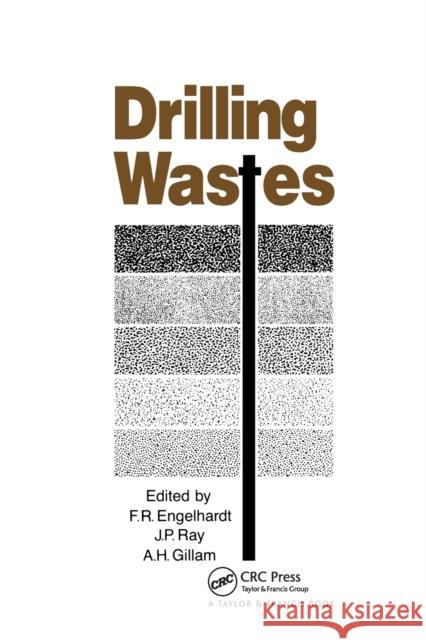Drilling Wastes » książka
topmenu
Drilling Wastes
ISBN-13: 9780367865368 / Angielski / Miękka / 2020 / 884 str.
Drilling Wastes
ISBN-13: 9780367865368 / Angielski / Miękka / 2020 / 884 str.
cena 193,06
(netto: 183,87 VAT: 5%)
Najniższa cena z 30 dni: 193,06
(netto: 183,87 VAT: 5%)
Najniższa cena z 30 dni: 193,06
Termin realizacji zamówienia:
ok. 22 dni roboczych
Bez gwarancji dostawy przed świętami
ok. 22 dni roboczych
Bez gwarancji dostawy przed świętami
Darmowa dostawa!
Proceedings of the 1988 International Conference on Drilling Wastes, Calgary, Alberta, Canada, 5-8 April 1988.











